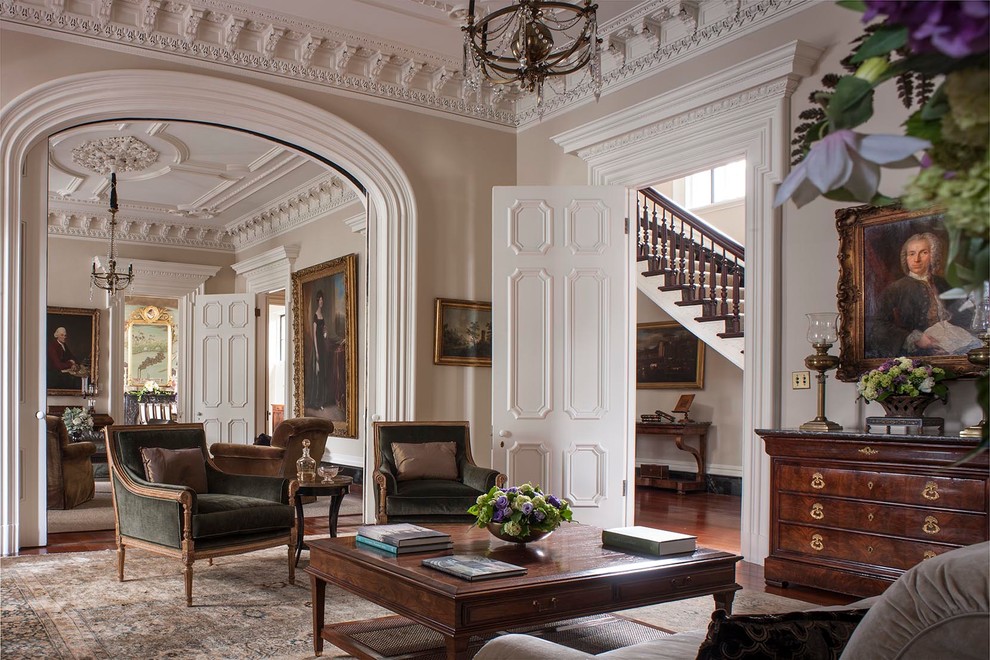
15 Sep The Art of Molding
How kitchen cabinets can be exquisitely unique
Crown molding is one of those decorative touches that often get taken for granted. It’s as if it is mistaken for a regular part of the cabinets or walls it adorns. It is not always recognized as the product of an artistic choice, but it is. It looks great, but it is worth noting the stylistic direction that was based on someone’s inspiration. There are plenty of types of crown molding to choose from, and selecting the perfect one to quietly add elegance and even value to a room is an achievement worth acknowledging.
If you’d like your project to express that expensive custom appeal, look no further than to add molding. It enhances even the most plain or basic of cabinet designs by gracefully flaring out and capping the walls. You can completely personalize your kitchen affordably with crown edge or other molding types. Let’s review what’s available and learn what could best complement your kitchen…
To start, it is traditional crown molding that holds the best track record. It has become an industry standard of sorts. You could say it adds a bit of class to any room. With its subtle curves and angles it creates a cohesive look of polished elegance. It’s the perfect choice to cover any empty space between the cabinets and the ceiling. Typically, three to six inches of crown molding is ample to cover any such kitchen gap.
On the other hand, ceilings that extend just a bit higher than average can benefit from the generous height of stacked crown molding. Walls that are much taller than the cabinets with or without a single line of molding are ideal for such a modification. Stacked molding creates an expansive decorative element. Essentially it is crown moldings (often of mixed types) tastefully stacked one on top of the other for maximum effect. Ultimately it actually serves to provide a uniformly decorative look. It may be worth noting that some of the detailed accents of certain molding may be more expensive than others. Priced by the linear foot, it’s easy for the cost to increase (particularly considering that they are sold in 8 foot lengths).
For an artsy offset look, ‘stepped’ crown molding is perfect for lining rows of cabinets of varying heights. It retains and embellishes the same unique stepped appearance of the combined outline. Installation is a little more complex, you may want the aid of a professional. The placement of each section needs to be calculated precisely and installed perfectly. It’s all in vain if you can’t get the end of the molding to butt up comfortably against an adjacent wall or cabinet.
Interior crown molding typically runs the perimeter of a kitchens ceiling. It is an eye catching design that works with the existing crown molding on the ceilings edge, providing a seamless sense of continuity. You may even save a little cash by choosing interior moldings that are made of foam or other synthetic material. If you have a Dropped Ceiling, the crown molding can complement this feature, enhancing the overall aesthetic of the kitchen.
Edge molding is a bit of an uncommon touch, you may find it on the outside edge of the shelving. Such decorative additions to open shelving not only serve to be great design features, but they make a unique structural element out of the combination. Shelving that spans over three feet will likely bend under heavy weight. This is why it must be supported properly. This is where edge mounting helps, applying it to the outside of a long shelf will help prevent any sagging.
Also known as “light rail”, light molding attaches to the bottom of cabinets where – besides its obvious visual appeal – it serves an ulterior motive, concealing the under-cabinet lighting. It’s so popular it is even being offered as a standard feature with many new cabinets (and that can have a positive effect of your budget!).
There are other molding varieties worth mentioning. For instance, shoe molding (or “quarter round”) is applied around the feet of base cabinets. You can choose whether it matches the floor or the cabinets. It is also useful for covering any imperfections in the cut edges made during installation. Applied molding is adhered to the surface of walls or built-in cabinetry. It is most commonly used around the range hood. Its primary purpose is to create balance and cohesion. Lastly, bottom molding is typically found above the toe kick at the bottom of the base cabinet. In the case of a kitchen island it serves to make it look more like furniture than a kitchen accessory, especially if other molding is incorporated.
If you desire a look that’s not-too-plain for your kitchen, crown molding is the ideal route to choose. In no time you could have kitchen cabinets that not only appear exquisite; they have a timeless charm as well.



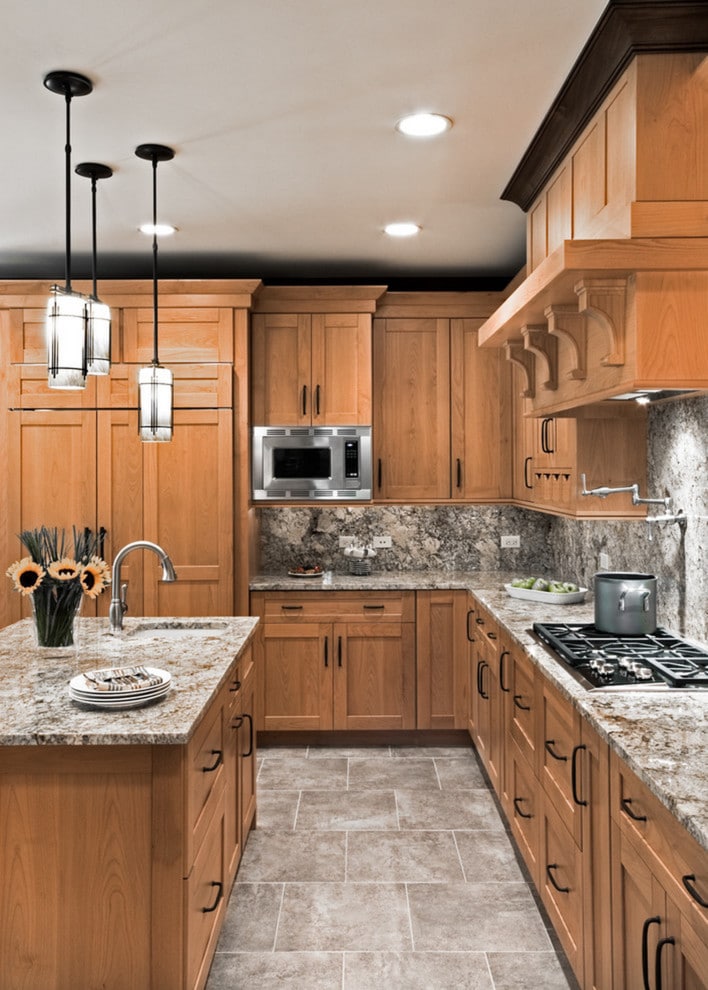
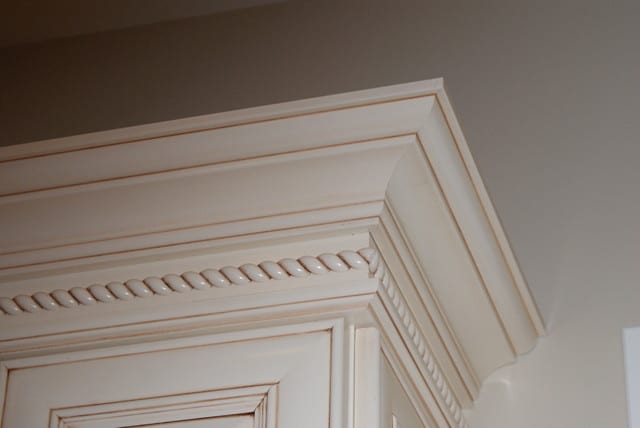
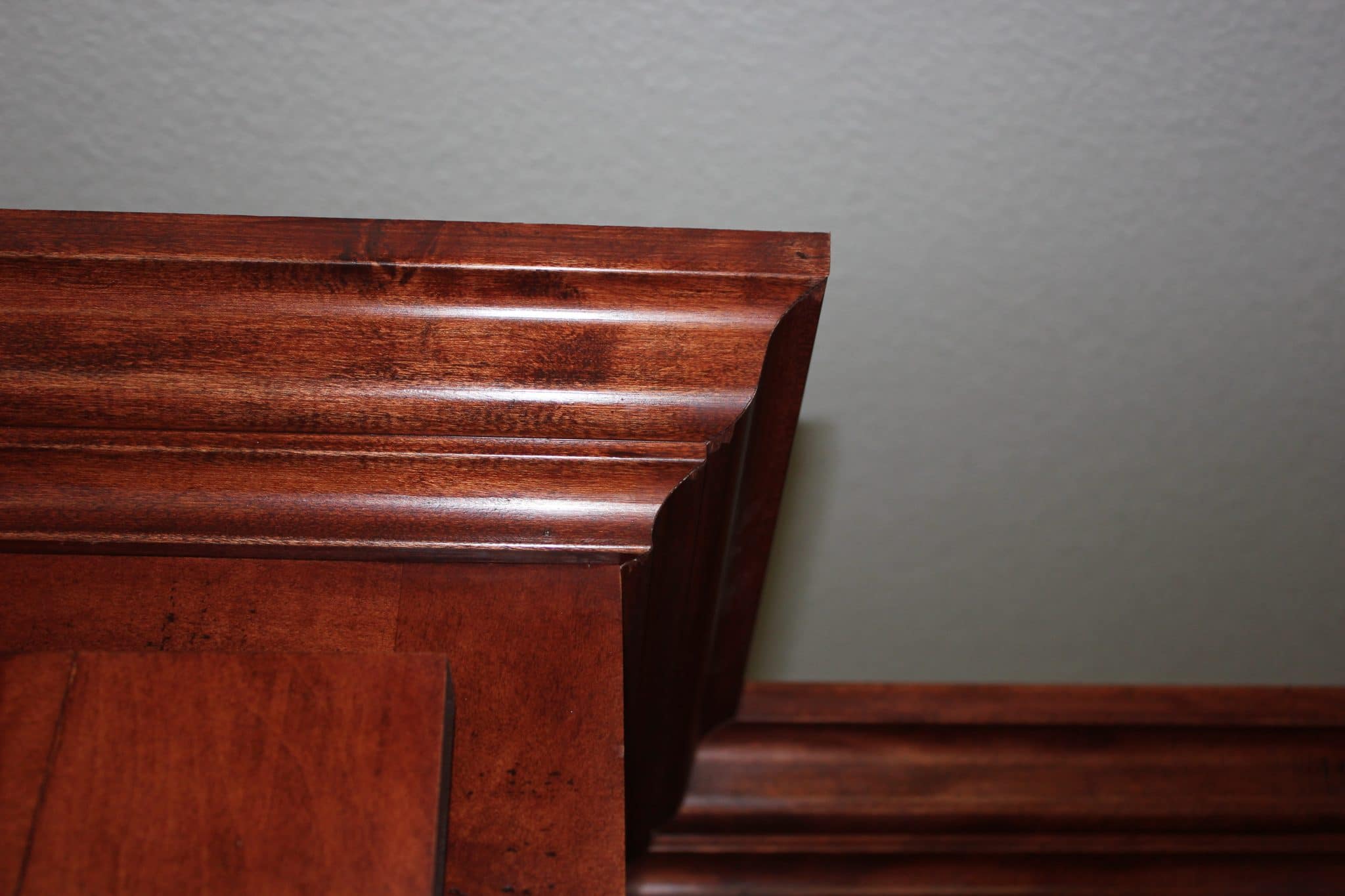

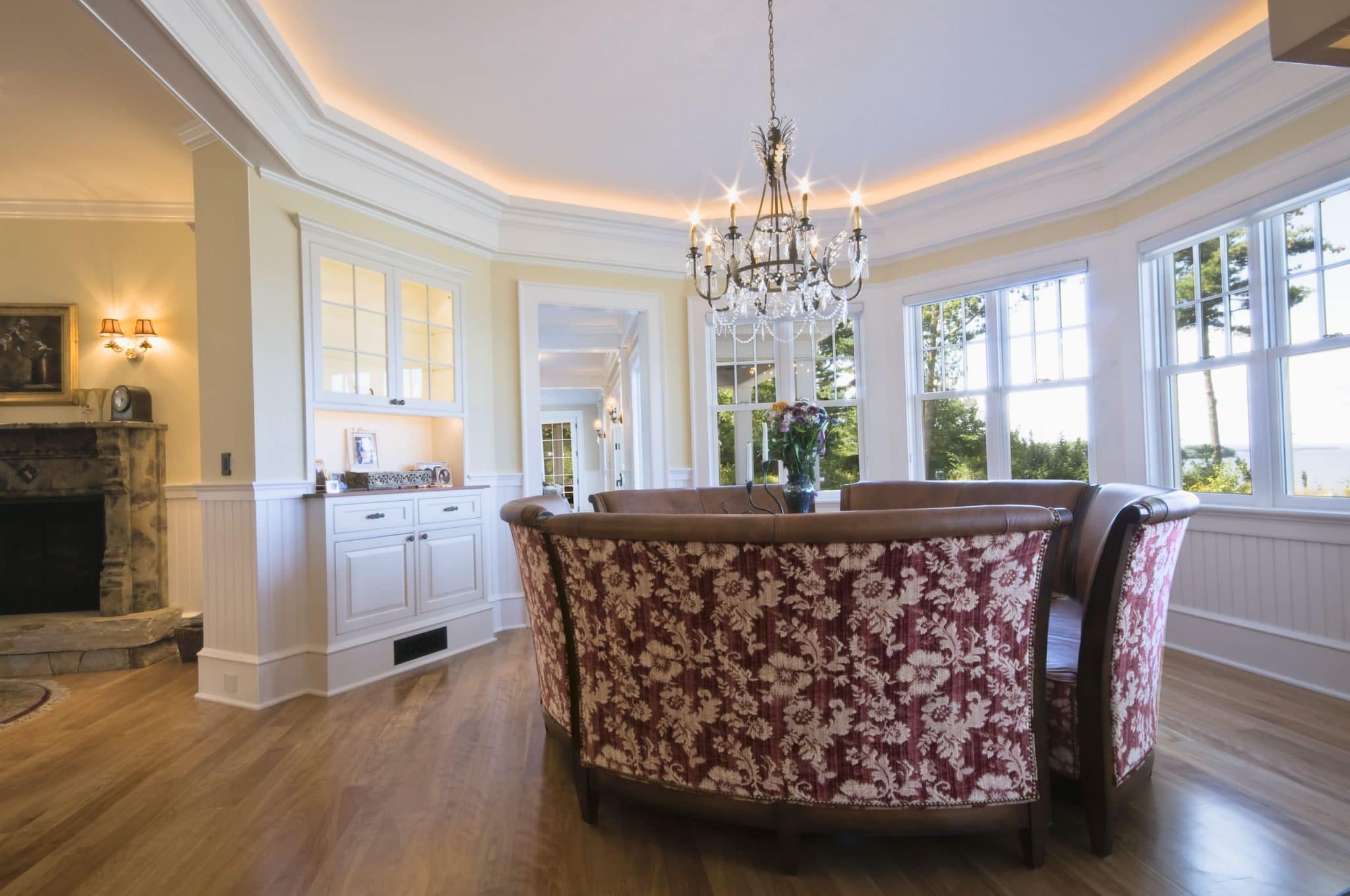
Sorry, the comment form is closed at this time.